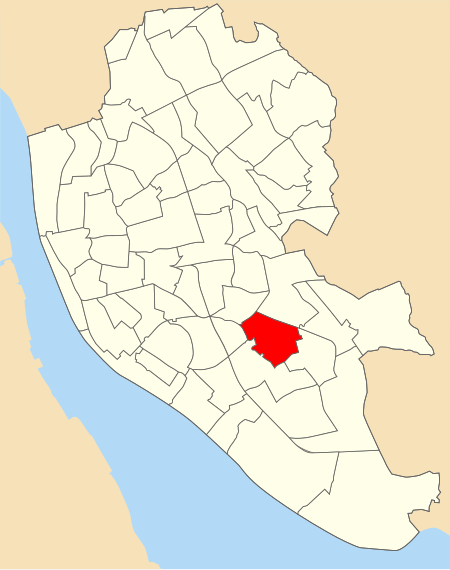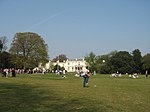Calderstones (Liverpool ward)

Calderstones ward is an electoral district of Liverpool City Council within the Liverpool Wavertree and Garston and Halewood constituencies. The ward was created for the elections held on 4 May 2023 following a 2022 review by the Local Government Boundary Commission for England, which decided that the previous 30 wards each represented by three Councillors should be replaced by 64 wards represented by 85 councillors with varying representation by one, two or three councillors per ward. The Calderstones ward was created as a single-member ward from the eastern half of the former Church ward with a small section of the former Woolton ward. The ward boundaries follow Queens Drive, Woolton Road, Aldbourne Avenue, Beaconsfield Road, Yew Tree Road and Allerton Road. The ward is named for and includes Calderstones Park.
Excerpt from the Wikipedia article Calderstones (Liverpool ward) (License: CC BY-SA 3.0, Authors, Images).Calderstones (Liverpool ward)
Liverpool Childwall
Geographical coordinates (GPS) Address Nearby Places Show on map
Geographical coordinates (GPS)
| Latitude | Longitude |
|---|---|
| N 53.383916666667 ° | E -2.8928055555556 ° |
Address
L18 3HZ Liverpool, Childwall
England, United Kingdom
Open on Google Maps







